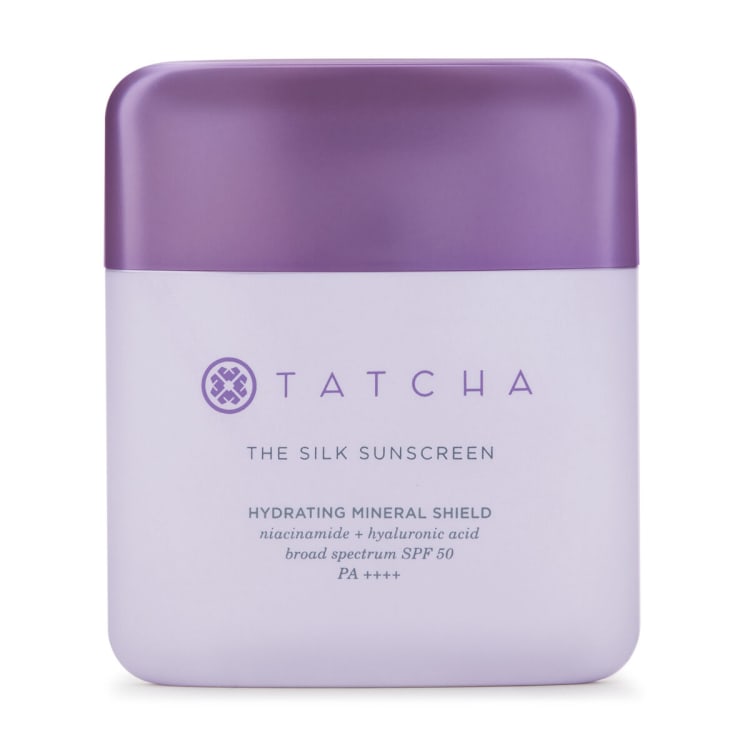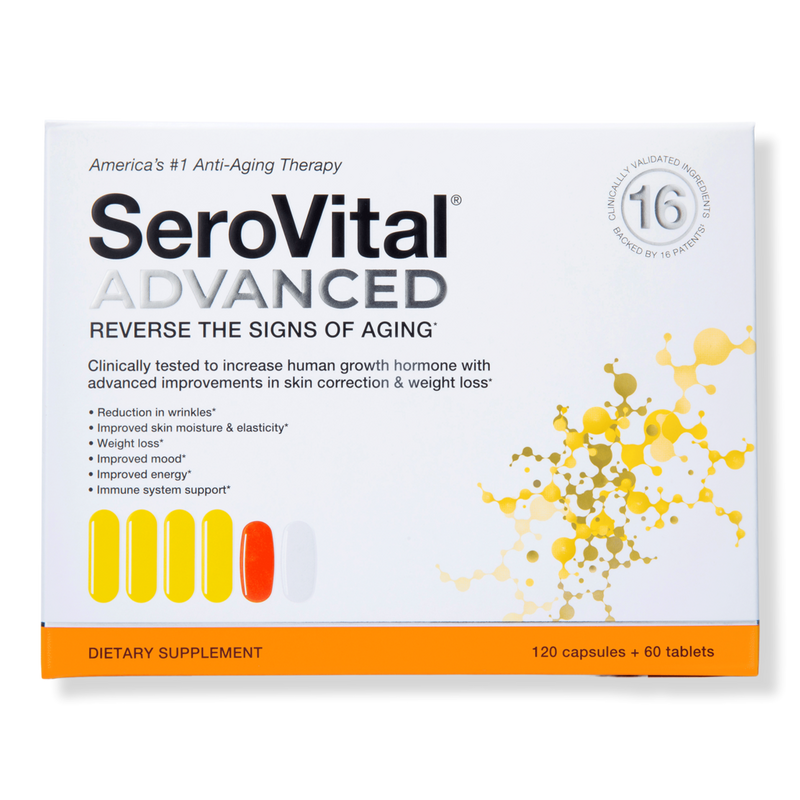Silk Sunscreen SPF 50 – Tatcha
Our weightless, hydrating mineral sunscreen provides broad spectrum SPF 50 protection from UVA/UVB rays, visibly evens skin tone, and goes on sheer.
What if sunscreen didn’t feel like sunscreen? What if it didn’t feel like anything, except peace of mind? Artfully crafted with kind-to-skin ingredients, The Silk Sunscreen is a light-as-air mineral SPF 50 that floats on the skin. Worn with makeup as a primer or on its own, the innovative texture blends in sheer, leaving skin feeling silky smooth.
CLINICAL RESULTS
IMMEDIATELY:
+56% improvement in skin moisturization**
100% demonstrated an improvement in skin softness & suppleness*
95% demonstrated an improvement in skin texture*
92% demonstrated an improvement in redness and evenness of skin tone*
90% demonstrated a reduction in appearance of pores*
AFTER 2 WEEKS:
100% demonstrated an improvement in skin smoothness*
100% demonstrated an improvement in skin barrier**
90% demonstrated an improvement in skin radiance*
CONSUMER RESULTS
IMMEDIATELY:
100% agree the sunscreen feels comfortable on their skin***
AFTER 1 WEEK:
97% feel good knowing that their skin is taken care of***
87% feel ready for the day***
80% agree this product gave them peace of mind***
80% feel comfortable in their own skin***
*based on an expert grader study conducted on 40 panelists over 2 weeks
**based on a bio-instrumentation study conducted on 40 panelists over 2 weeks
***based on a self-assessment study conducted on 40 panelists over 2 weeks
Additional information
| Ingredients | 10% Zinc Oxide A fully mineral, reef-safe filter that protects skin from UVA and UVB rays. |
|---|






by Karen
I love this sunscreen! It’s so lightweight, goes on easy, can be used underneath or on top of make-up, can be re-applied, love the design of the container, overall awesome product!
by Penelope
I don’t wear make up but I still wanted to protect my skin. All other face sunscreens I’ve tried were too greasy for my combination dry (oily t zone, dry cheeks) skin. Feels so light on my face. I have very fair skin so the slight tint helps any blemishes I might have blend in a little better as well.
by Mahnaz
It makes my skin looks almost perfect. I love it!
by Sarah
I am sun phobic and I have sensitive skin. I decided to try this one (although I was REALLY skeptical) because of the hyaluronic acid & niacinamide (both of which work well on my skin.) It was AMAZING. It’s a LIGHT mineral sunscreen that feels great on my skin, is easy to apply (no film on my skin) and the SPF lasts. THANK YOU!!!!